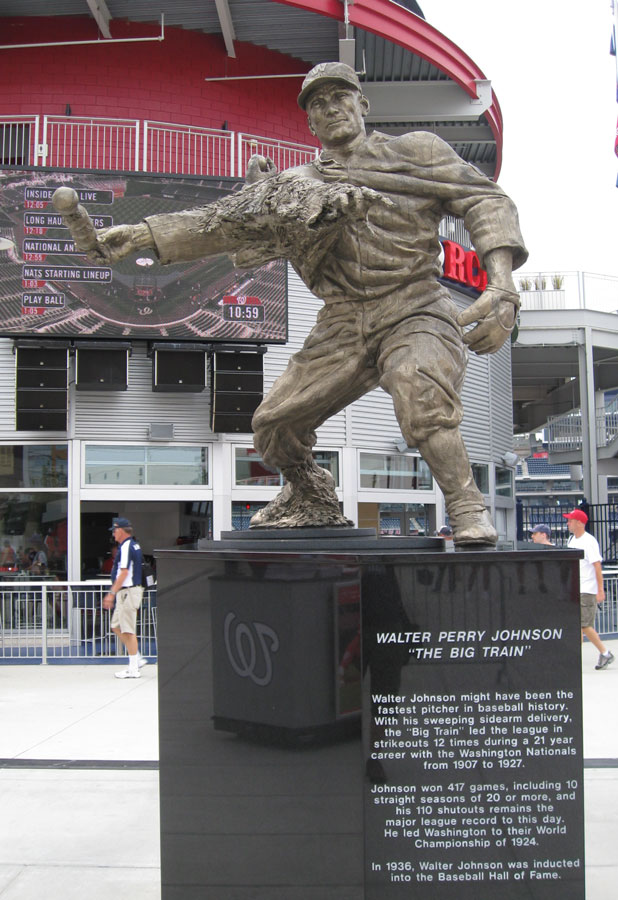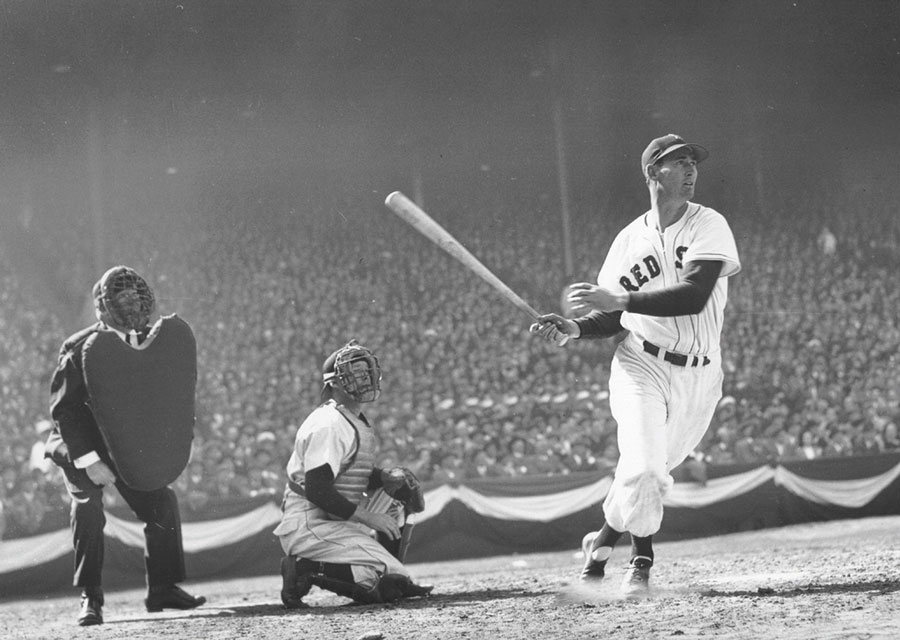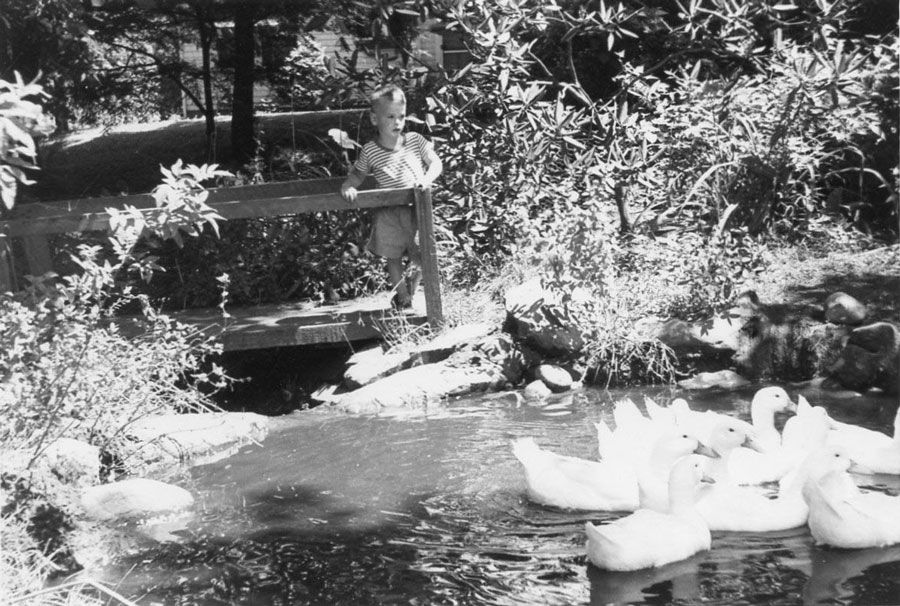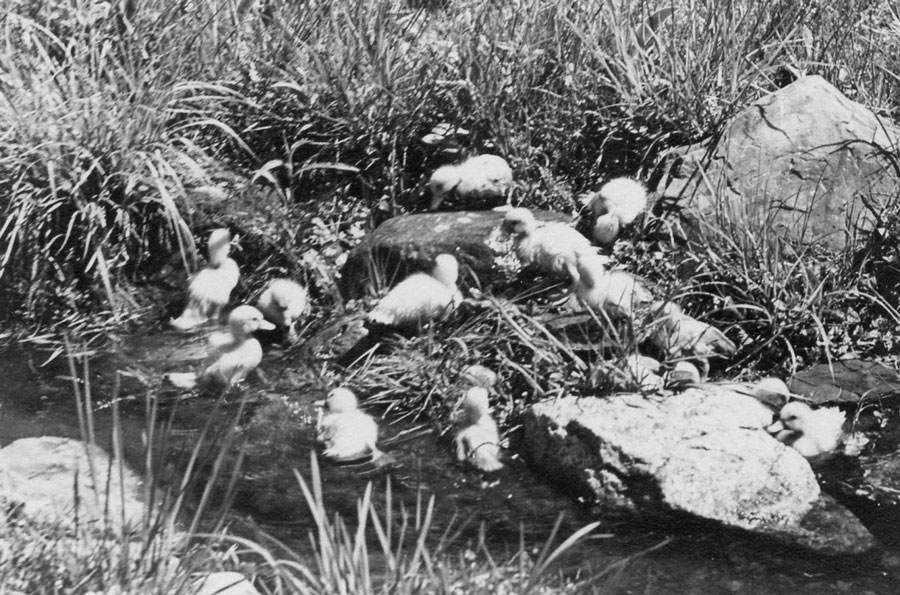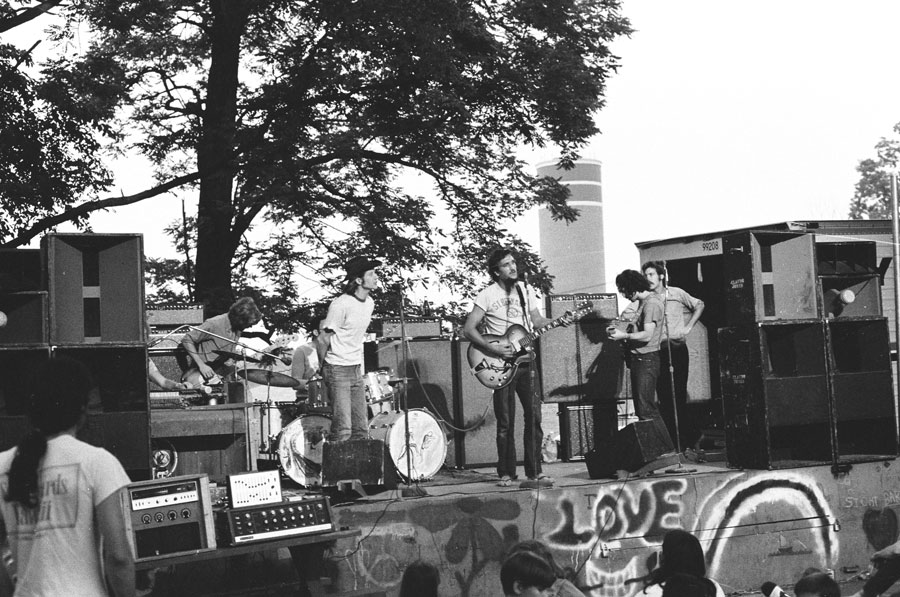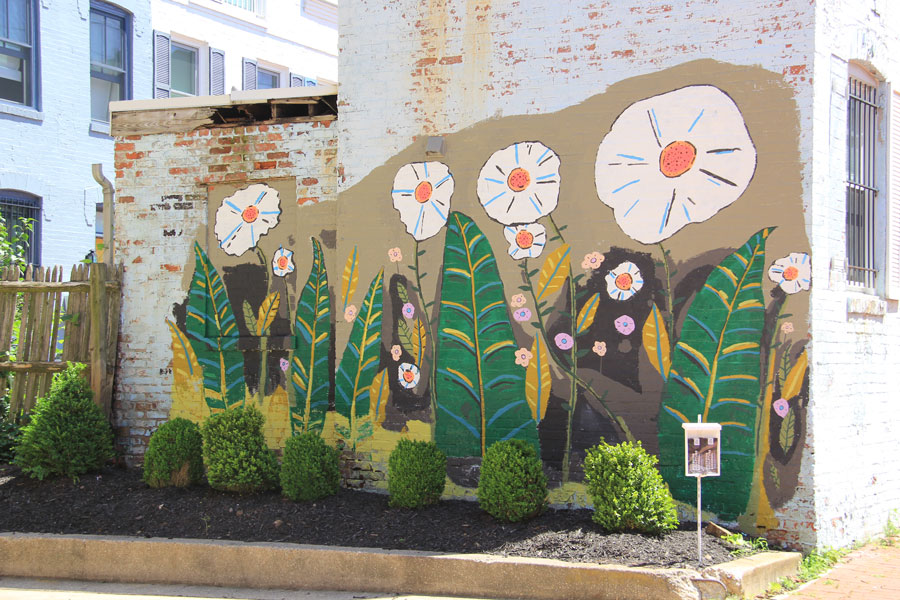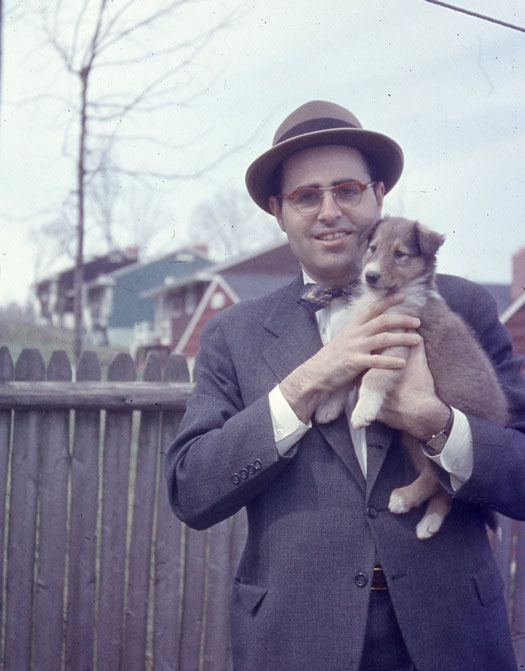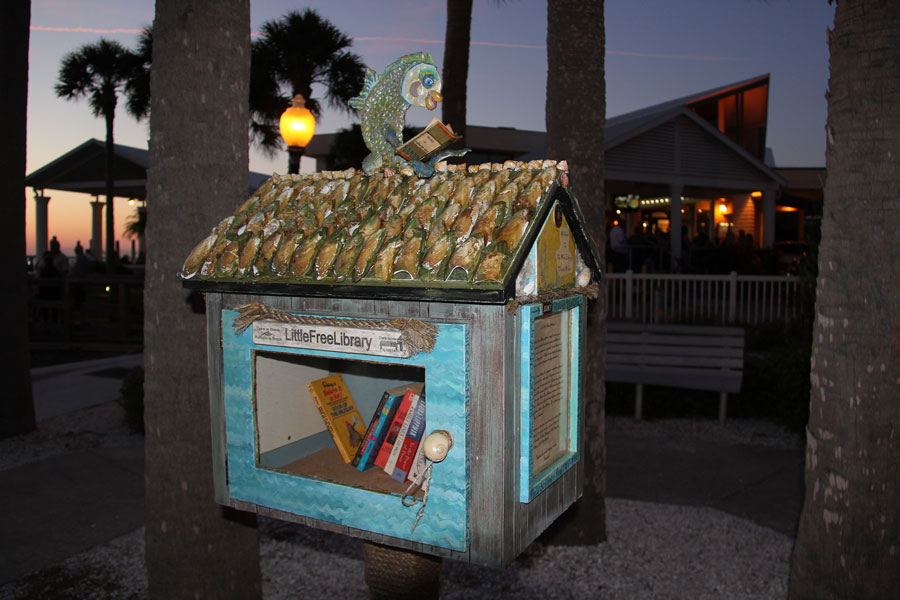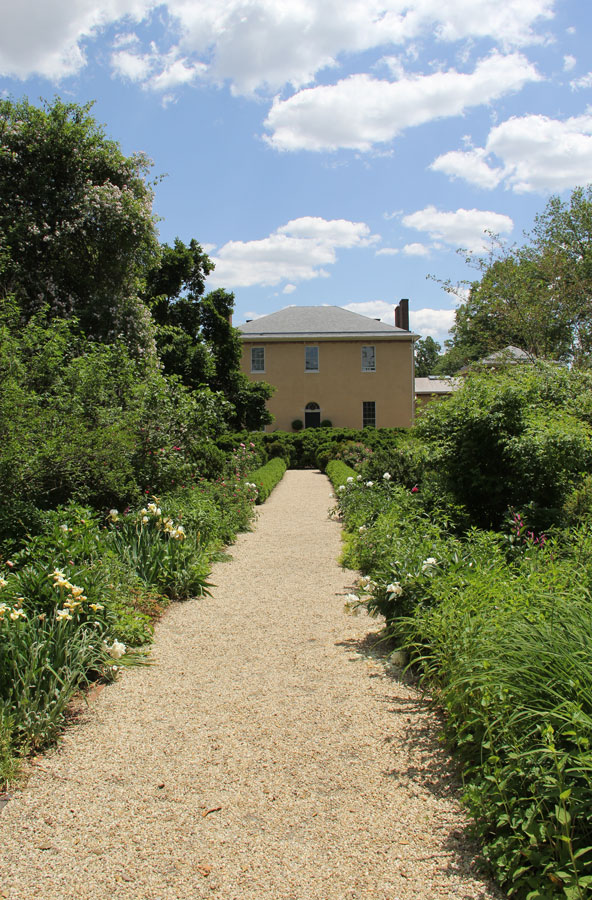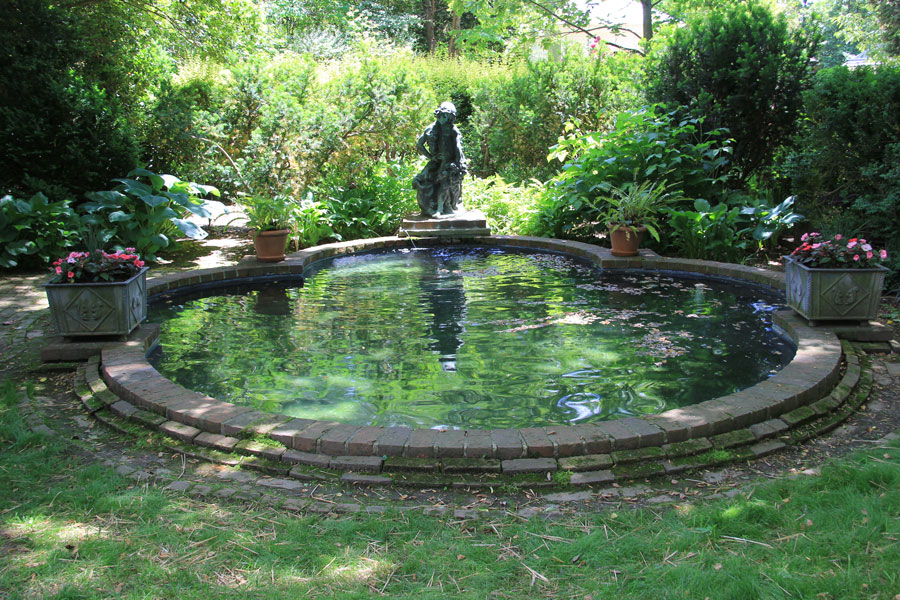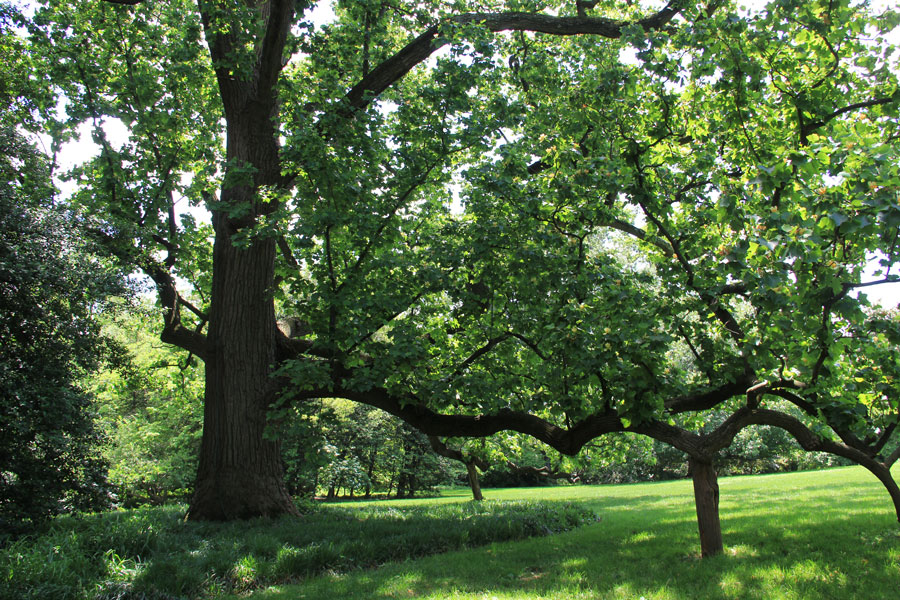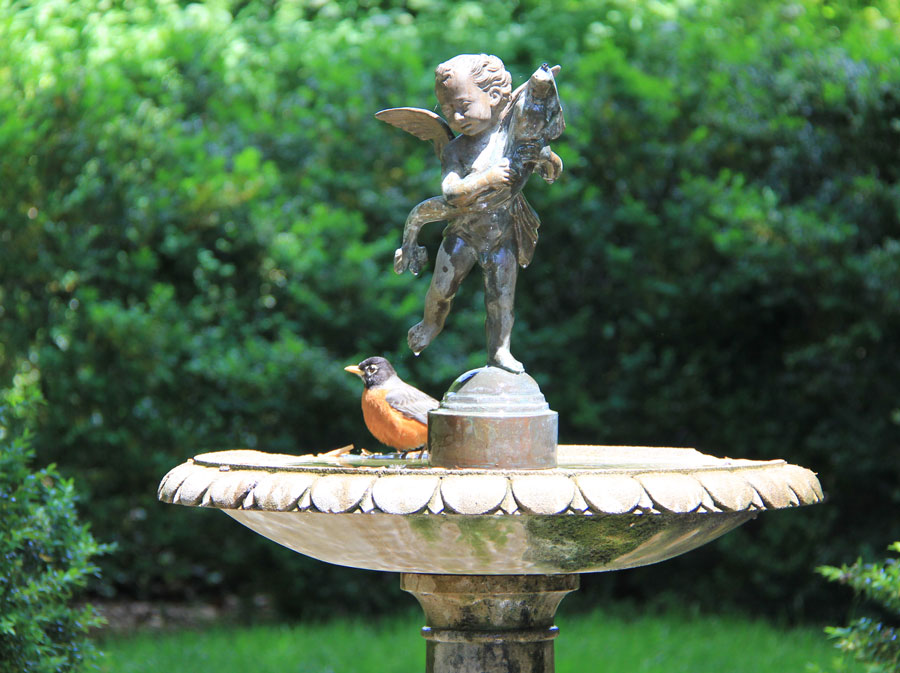
They’re here! The hottest weeks of summer. That time the Romans called caniculares dies, or, for those of you who skipped that class, dog days.
Tradition holds that the dog days of summer usually occur between July 3rd and August 11th. But why do dogs get blamed for searing temperatures?
The Roman notion apparently arose from the whimsical idea that the Dog Star, rising with the sun during that time frame, added to the sun’s heat. Which may be true for all we know, though I suspect Neil de Grasse Tyson could offer a more fact-based explanation.
Still, as a lover of myths and fables and a lot of ordinary nonsense, I’m going with the Dog Star on this one. We give credit to the moon for making humans crazy, romantic, or, in some cases, exceptionally hairy. We trust rainbows to bring us good fortune. Many people spend more time reading horoscopes than they do reading scientific reports or even People magazine. Clearly, among our many cherished freedoms in this country is the freedom to believe just about anything.
As a writer of fiction I’m grateful for our national credulity, although I sometimes wish we were a tad more patient as a species. However patience is a virtue, I’m told, and we all know how hard those are to master.
So, anyway, here we are, temps in the 90s, humidity in the high 60s. Good times. Actually, to be honest, today is one of those blissful exceptions that proves the rule. The thermometer was chillaxing at a cool 59 degrees on my back porch this morning, thanks to some passing cold front. By the weekend we’ll be back up in the heat stroke zone. That’s D.C. weather. It’s a pendulum town. What with the constant politics, the thousands of visitors, and the determined lobbyists all with their pressing agendas, life in the nation’s capital is rarely laid back and mellow.
But even D.C. idles in late July and early August. It’s the only way to get through the dog days. Slow down, think pleasant thoughts, drink a lot of lemonade, or the beverage of choice. To paraphrase Noel Coward, only mad dogs and bureaucrats go out in the noon day sun. Or, to quote G. Gordon Liddy, who knew something about taking the heat in Washington, “The trick is not to mind it.”
September will be here all too soon, with its back to school, back to work agenda. We’ll all have to suit up and buckle down. Until then, I say let’s make the most of Sirius, the brightest star in the firmament, blazing down on us from Alpha Canis Majoris, the constellation of the Big Dog.
Woof.
